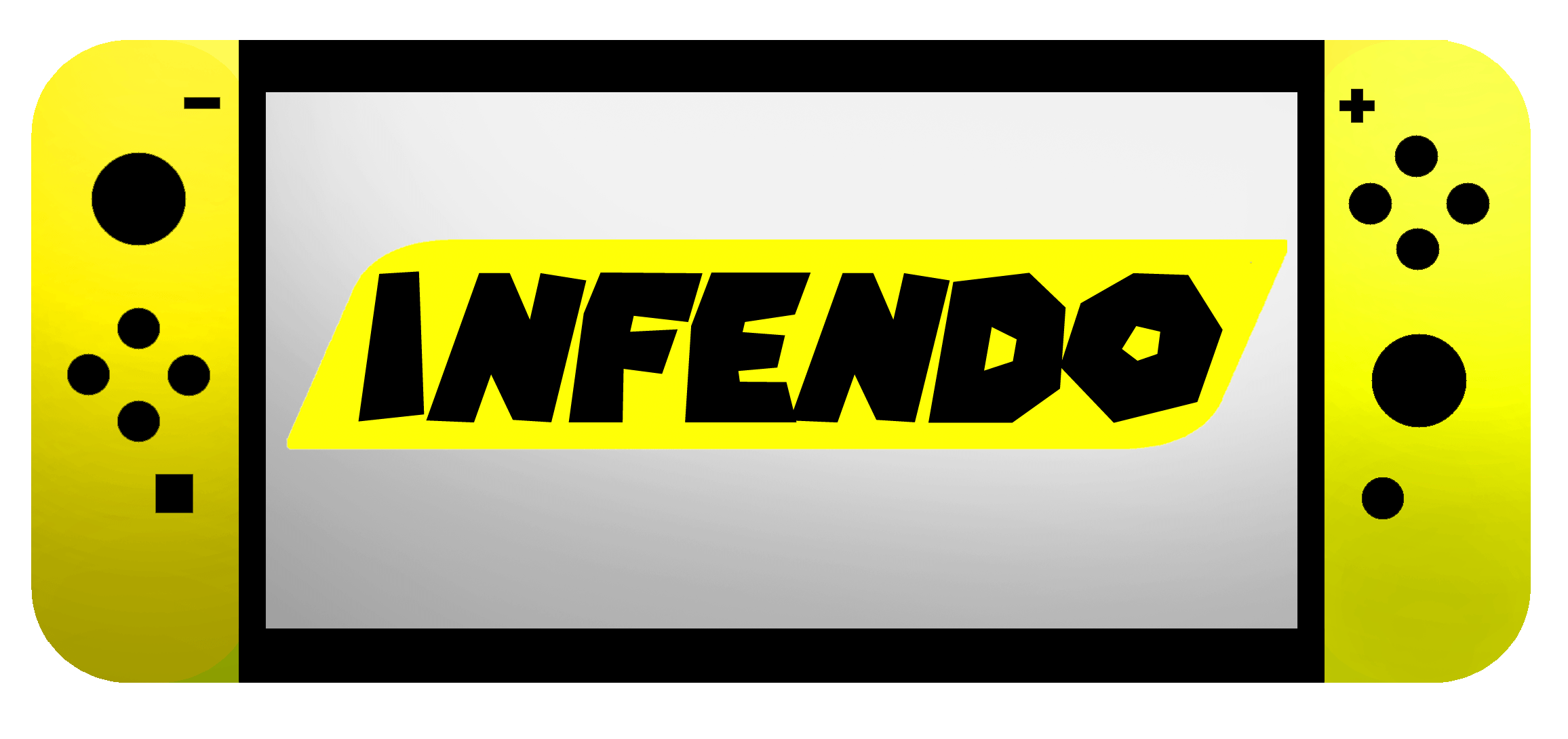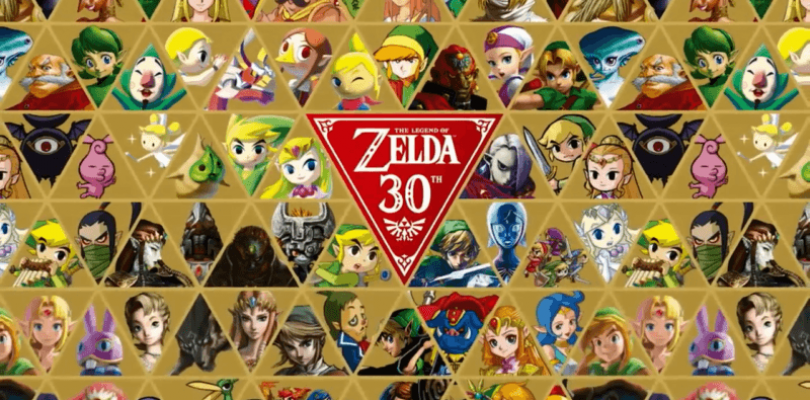The latest reveal of Breath of the Wild has raised a question that arises every time a new Zelda game has been announced or released for the past decade or so: When does it take place? For a while, there seemed to be a comprehensive timeline. The Legend of Zelda was succeeded by Zelda II, taking place a few years later. The events of A Link to the Past were, as the Western region title suggested, in the past, about 100 years or so. Link’s Awakening was a side-story that immediately followed A Link to the Past. Ocarina of Time was said by series creator Shigeru Miyamoto to take place before the events of any of the previous games. Majora’s Mask was another sequel/side-story, which featured Link as a child, but after he saved Hyrule as an adult. Later came Wind Waker, which seemed to reference the events Ocarina of Time as having already happened, but suggested that the Hero had not appeared; and Twilight Princess, which also referenced Ocarina of Time, but suggested the Hero had triumphed; and neither game referenced the events of the other. Phantom Hourglass clearly took place immediately after the end of Wind Waker. Mixed in among these games were Minish Cap, Spirit Tracks, and the Oracle of… games, none of which had any discernible place in time among the pre-existing games.
Some Zelda fans have been upset that neither they, nor Nintendo themselves, could keep the timeline straight. At one point, Miyamoto explained that every Zelda game featured a different version of Link (presumably, the same also applied to Zelda, Ganon, and any other recurring characters), which left the placement of Link’s Awakening in question, as it had no specific ties to any other games in the series. And does that mean that the Link from Majora’s Mask or Phantom Hourglass is not the same one as in Ocarina of Time or Wind Waker, respectively?
In 2012, just in time for the franchise’s 25th anniversary, and the release of Skyward Sword, Nintendo finally released what Zelda fans had always wanted: an official timeline of Hyrule Historia, encompassing every game released to date. What should have cleared up all the series’ temporal ambiguity actually led to increased confusion. It turned out that, according to Nintendo, there were actually multiple Zelda timelines, starting at the top with Skyward Sword (the creation of the Master Sword, settling of Hyrule, forming of the Triforce, and birth of Ganon in the form of Demise), following through Minish Cap (the first appearance of Vaati) and a few offshoots, and down to Ocarina of Time, where the timeline — oddly — splits into three.
One branch follows adult Link, the Hero of Time, after defeating Ganon. It turns out, as Wind Waker’s opening tells us, that Ganondorf returned in the next era and, contrary to legend, a hero (in the form of Link) does not appear. In order to save the kingdom, Hyrule is flooded, Ganon is sealed, and a new continent is founded on the Great Sea above. When Ganondorf is released, Link is there to defeat him again. This leads directly into the Ganon-less Phantom Hourglass, followed by the land-based New Hyrule in Spirit Tracks.
Another branch treats child Link’s further adventures as an alternate timeline. In this one, Link runs awry of the Skull Kid, possessed by the Mask of Majora. Sometime after saving Termina, the Seven Sages seal Ganondorf in the Twilight Realm. There he forms an alliance with the usurper Zant, which leads to his return in the Twilight Princess era. These events are followed by the returns of Vaati and the Four Sword, for some reason.
The third branch assumes something extremely odd. For this timeline, the Hero of Time fails to prevent the rise of Ganon, effectively decanonizing the ending of Ocarina of Time. Afterwards, Ganon successfully conquers the Golden Land, creating the Dark World, and bringing about the events of A Link to the Past. We then follow (presumably) this Link on three non-Hyrulean adventures, first the two Oracle games (interchangeably), then Link’s Awakening. This timeline ends with the original Legend of Zelda and The Adventure of Link. Finally, after the official timeline was revealed, we got A Link Between Worlds, which was announced as a sequel to A Link to the Past, taking place in the same Hyrule, but generations later.
So here we are, with Breath of the Wild on the horizon, and everybody asking: when? Judging by the mostly uncivilized nature of the environment (that we’ve seen so far), and the ruins scattered throughout the world (including the Temple of Time and… is that Castle Town?), it would appear that this chapter takes place sometime long after Ocarina of Time, but how long after? And which timeline? And with the precedent set by the Ocarina split, it’s possible that Breath could take place in an alternate branch in which Link failed to stop Ganon in Twilight Princess or Zelda II. Another theory speculates that it could take place in pre-flooded Hyrule, or the Era Without a Hero.
So what does all this mean?
Absolutely nothing.
The story ties between entries of the Zelda series are usually tenuous at best, and the fact that there’s little-to-no progression in technology has made it difficult to chronologically organize the games thus far. The fact that there even is an official timeline seems like mostly lip service to the fans.
The fact of the matter is, Nintendo has rarely put much focus on storytelling in their games. Most Mario games share the same barebones plot: Bowser kidnaps Princess Peach, and Mario has to traverse the Mushroom Kingdom to save her. Three of the four internally developed Star Fox games have involved Andross taking over the Lylat System. Even Super Metroid was more-or-less an enhanced remake of the original game.
So let’s examine the basic plot of the first Zelda game: Ganon takes over Hyrule and captures Zelda, tries to reassemble the Triforce, and Link must save the princess and the kingdom. How many games in the franchise does this describe? I count at least six.
Why, then, does it matter so much what order they happen in? Moreover, when most of the plots are basically the same, why does the story matter anyway? Storytelling in video games is meant to do one thing: drive the player to accomplish the next objective, and eventually finish the game. Whether that drive comes from a sense of satisfaction, an emotional climax, or feeling of completion, it really doesn’t matter. An overarching plot doesn’t make a game better or worse. Is there really anyone out there who believes that it’s the story, not the puzzles and exploration, that makes a Zelda game great? Place the Zelda games in any other order and try to convince me the quality of the games themselves are improved or diminished by their place in time respective to each other.
Personally, I have always felt that the Zelda games are much better when each one is considered separate from all the others, with the notable exceptions of the thematic sequels that we occasionally get, like Majora’s Mask and Phantom Hourglass. I don’t care whether Twilight Princess comes before or after Ocarina of Time, because each individual experience can be taken on its own. And this idea of separate branching timelines is indicative of the fact that the creators never really cared before what the timeline of events actually was. They were just looking for fun and unique ways to tell the same story and make you want to collect another boomerang and hookshot.
So when does Breath of the Wild take place? Frankly, my dear gamers, I don’t give a damn. As long as the kingdom of Hyrule is fun to explore, the dungeons are head-scratching tests of mental and physical endurance, and the quest is full of sufficient challenge and enjoyment, the game could take place a long time ago in a galaxy far, far away for all I care. Whenever it will be, I can guarantee that Link will defeat Ganon, reassemble the Triforce, and save Zelda and Hyrule. And really, isn’t that all we need in a Zelda game?

